If you live in an area where foxtails are common, then you know just how annoying they can be. These pesky weeds seem to find their way into every nook and cranny, and they can be a real pain to get rid of. In this article, we will discuss the best ways to get rid of foxtails for good. We’ll cover everything from identification to removal techniques, so you can get your lawn back to its former glory!
Table of Contents
What are Foxtails?
Foxtails are a type of grass that is commonly found in the western United States. They get their name from their resemblance to a fox’s tail. Foxtails are known for being very invasive and difficult to get rid of once they take root.

Plant characteristics
Foxtails are annual grasses that can grow to be up to three feet tall. They have long, thin leaves that are green in color and turn brown when they die. The foxtail plant has a seed head that resembles a fox’s tail, which is how it got its name. These plants are found in fields, pastures, and other areas where there is a lot of open space.
Foxtails are problematic because their sharp seeds can penetrate the skin and get stuck in the fur. Once the seed is lodged in the skin or fur, it will work its way into the body, causing irritation, infection, and even death. It’s important to remove foxtails from your property and keep your pets away from them. [1]
What do Foxtails look like?
Foxtails are a type of grass that is found in the western United States. They are named for their characteristic shape, which resembles a fox’s tail. Foxtails are generally yellow or green in color and can grow to be up to two feet tall.
Foxtails can be found growing in fields, meadows, and other open areas. They are especially common in dry, sandy soils. When mature, foxtails produce seed heads that contain numerous small seeds. These seeds can easily become embedded in animal fur or human skin and hair.
The best way to prevent your dog from coming into contact with foxtails is to avoid areas where they grow. If you live in an area with foxtails, be sure to check your dog’s fur and paws after every walk or hike. If you do find a foxtail, remove it immediately and seek veterinary attention if necessary.
How to Get Rid of Foxtail Grass in Lawns
If you have foxtail grass in your lawn, you know how difficult it is to get rid of. The best way to remove foxtail grass is to pull it up by the roots. This can be done by hand or with a tool like a spade or a hoe. You’ll need to be very careful not to damage the roots of other plants while removing the foxtail grass. Once the foxtail grass is removed, you should apply a herbicide to prevent it from growing back.
Chemical Herbicides
Use glyphosate or similar products
The most common way to get rid of foxtails is to use a chemical herbicide. Glyphosate is the active ingredient in Roundup and other similar products, and it works by inhibiting an enzyme found in plants that are necessary for them to grow. roundup-pro-concentrate.
It’s important to read the label carefully when using glyphosate, as it can damage or kill other plants if you’re not careful.
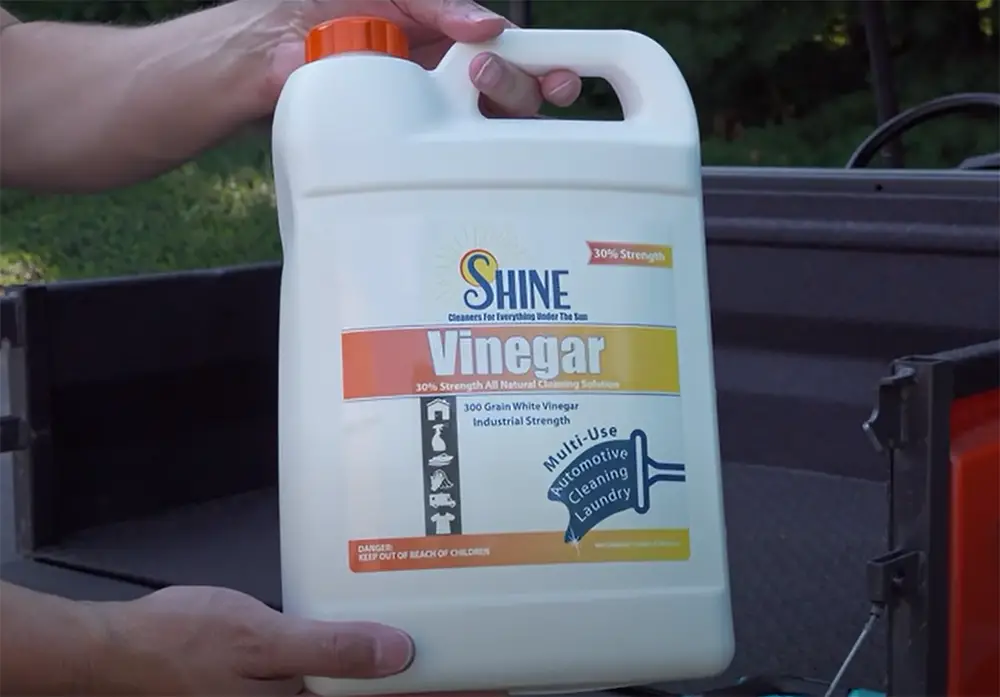
You’ll also want to make sure that you’re wearing gloves and eye protection, as glyphosate can be harmful if it comes into contact with your skin or eyes.
If you have pets, you’ll need to be careful to keep them away from the area where you’re spraying glyphosate, as it can be harmful to them if they ingest it.
Apply several times
Once you’ve sprayed the glyphosate, it will take a few days for the foxtails to die. You may need to reapply it if they don’t seem to be dying off, or if new foxtails are growing back.
If you have a large area that’s infested with foxtails, you may want to consider hiring a professional to help you get rid of them.
Combine chemical herbicides with organic weed-control methods
Organic methods are those that do not use synthetic chemicals. These include physical removal, polarization results, and smothering. You can also take advantage of natural herbicides like vinegar or boiling water.
Organic weed control is often combined with chemical methods to achieve the best. For example, you might use a pre-emergent herbicide to prevent foxtails from germinating in the first place. Then, you can use an organic method like mulching to prevent them from growing any further.
Mulching is when you cover the ground with a layer of material, such as wood chips or straw. This blocks sunlight and prevents weeds from growing. You can also use newspapers, black plastic, or even fabric to smother weeds.
Physical removal is probably the most labor-intensive method of organic weed control. This involves pulling the foxtails by hand or using a tool like a hoe to dig them up. Make sure to get the entire plant, including the roots. If you leave any part of the plant behind, it will regrow.
Polarization results happen when you change the pH level of your soil so that certain plants can’t grow in it anymore. For example, adding lime to your soil will make it more alkaline and prevent foxtails from growing.
Organic Solutions
If you’re looking for an organic solution to getting rid of foxtails, there are a few things you can try. One is to simply pull them out by hand. This can be time-consuming, but if you have the patience, it’s definitely doable. Another option is to use a hoe or other gardening tool to loosen the soil and then pull them out. You could also try using a weed whacker or lawn mower to cut the foxtails down before pulling them out.
Turn the soil

If you have a lot of foxtails, you may want to consider renting a tiller. This will make the job go much faster and will also help to aerate your soil, which is always a good thing.
Once you’ve turned the soil, you can either pull out the foxtails by hand or use a weed whacker or lawn mower to cut them down before pulling them out.
Pull or dig out the weeds
The best way to remove foxtails is to physically pull or dig them out of the ground. This can be done by hand, using a hoe, or with a trowel. If you have a large area infested with foxtails, you may want to consider renting a power tiller from your local hardware store.
Once you’ve removed the foxtails from the ground, dispose of them in a plastic bag or container so they can’t spread back into your yard. You can also put them in your compost pile if you have one.
If you have animals that spend time outside, make sure to keep an eye on them and check for foxtails that may be stuck in their fur. If you find any, carefully remove them with a pair of tweezers. Try to avoid touching the foxtail with your bare hands, as they can be sharp and cause puncture wounds.
Apply vinegar
Vinegar is a great remedy for foxtails because it’s acidic and will kill the plant. To use, mix equal parts vinegar and water in a spray bottle and apply it to the affected area. You can also soak a cloth in the mixture and apply it to the area. Repeat this process daily until the foxtails are gone.
If you have pets, be sure to keep them away from the treated area until it dries completely. Vinegar can be harmful if ingested, so it’s important to take precautions if you have animals in your home.
Use urine
Yes, you read that correctly. Urine is one of the most effective ways to get rid of foxtails. The high nitrogen content in urine will kill the foxtail plants quickly. Additionally, it will also help to prevent future growth.
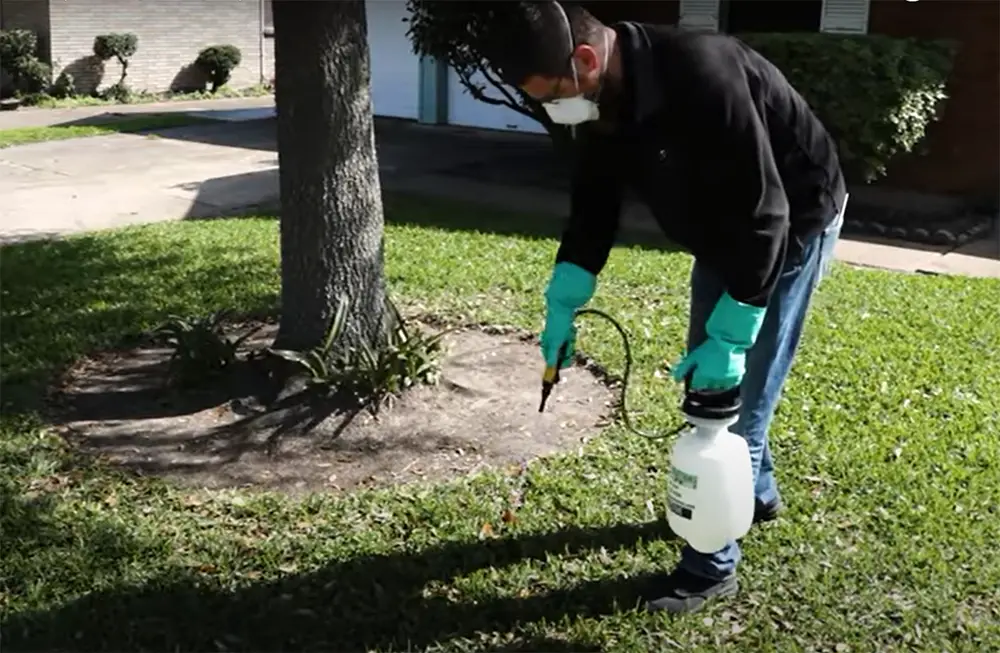
If you have a dog, take them for a walk in areas where there are a lot of foxtails. Make sure to let them urinate on as many plants as possible. If you don’t have a dog, you can use your own urine. Just be aware that this method may not be as effective as using a dog’s urine.
Another option is to purchase urine from a local pet store or online. There are many companies that sell urine specifically for getting rid of foxtails.
Smother the area with mulch
If you have a lot of foxtails, smothering them with mulch is a good way to get rid of them. You can use any kind of mulch, but straw is the best because it breaks down quickly. Put a layer of straw over the area where the foxtails are growing, and they will eventually die.
This method is not immediate, but it will eventually get rid of all the foxtails in an area. If you have a small garden, you can also use this method to keep foxtails from coming back. Just put a layer of straw around the perimeter of your garden, and they should stay away.
Future Prevention
The best way to deal with foxtails is to prevent them from ever becoming a problem in the first place. Here are some tips:
- Keep your yard clear of debris and long grass where foxtails can hide.
- Check your dog’s fur and paws regularly for foxtails, and remove them immediately if you find any.
- If you live in an area with a lot of foxtails, consider keeping your dog on a leash when outside.
Try a pre-emergence herbicide
If you have a lot of foxtails, or if they’re particularly pesky, you may want to consider using a pre-emergence herbicide. This type of herbicide will kill the foxtails before they even have a chance to germinate.
There are a few different types of pre-emergence herbicides that you can use, but one of the most effective is glyphosate. Glyphosate is a broad-spectrum herbicide that will kill almost any type of weed, so it’s perfect for getting rid of foxtails.
Another option is to use an organic pre-emergence herbicide like corn gluten meal. Corn gluten meal is an all-natural product that’s derived from corn. It’s safe to use around children and pets, and it’s just as effective as glyphosate.
If you decide to use a pre-emergence herbicide, be sure to apply it before the foxtails start to germinate. The best time to do this is in late winter or early spring.
Monitor the pH of the soil
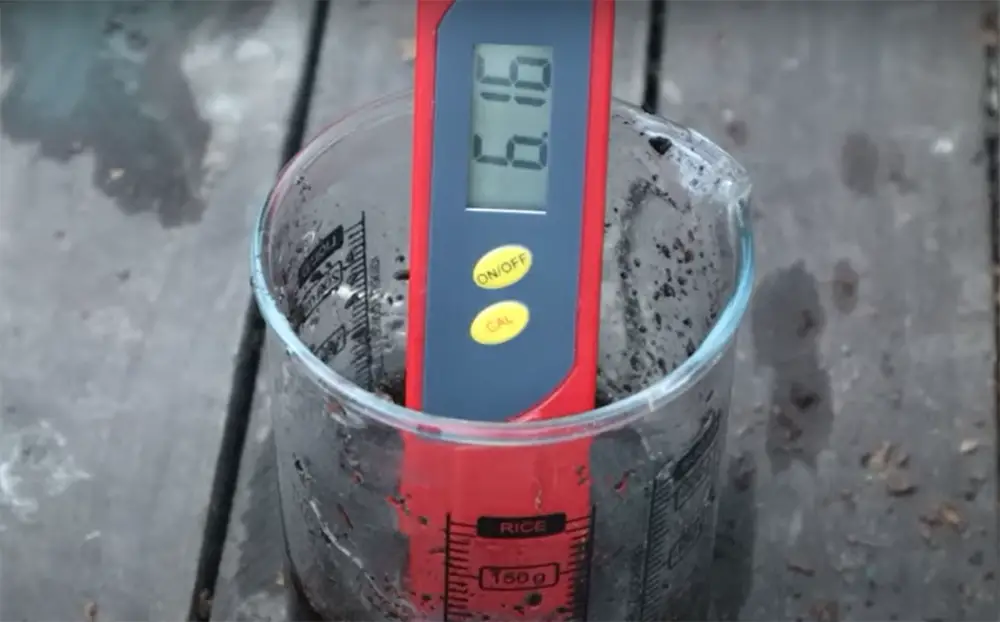
If you want a healthy lawn that will crowd out weeds, maintain its deep green color, and resist pests and disease, start by getting the pH right. The first step is to have your soil tested so you know what amendments are needed to achieve the ideal range of six to seven on the pH scale. You can test your soil yourself with a home soil test kit, or take a sample to your local nursery or cooperative extension office for testing. Once you know the current pH of your lawn, you can take steps to raise or lower the pH as needed. For most lawns, the ideal pH is between six and seven. If your lawn’s pH is below six, you’ll need to add lime to the soil to raise it.
When it comes to raising the pH of your lawn, you have two options: fast-acting lime and slow-acting lime. Fast-acting lime is just what it sounds like: It goes to work quickly, raising the pH in a matter of weeks. Slow-acting lime takes longer to work, but it lasts longer too. You’ll need to apply it less often, making it a more cost-effective choice in the long run.
Fill the area with other growth
The best way to get rid of foxtails is by filling in the area with other growth. This will prevent the spread of the plant and help control its population. There are many ways to do this, including:
- planting other plants in the area
- using mulch or straw
- covering the area with a tarp
If you have a large area that is infested with foxtails, you may need to hire a professional to help you get rid of them. But, if you have a small problem, you should be able to handle it on your own. Just remember to take your time and be patient; getting rid of foxtails takes time and effort, but it’s worth it in the end.
Keep the area trimmed
Foxtails love long grass, so keeping your lawn short is one of the best things you can do to prevent them. If you have any areas of your yard that are particularly prone to foxtails, consider trimming them back even further or planting ground cover instead.
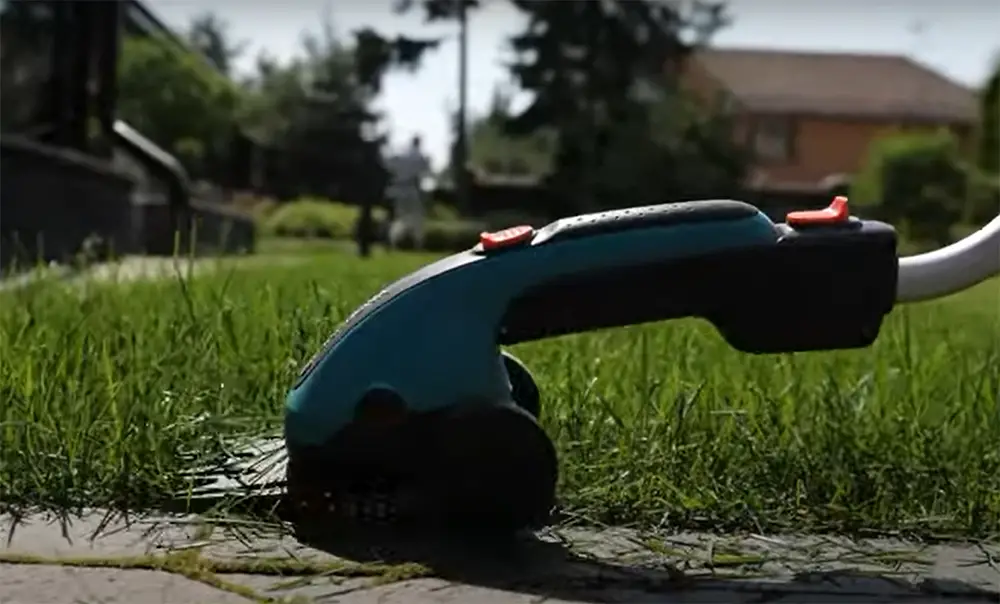
Another good preventive measure is to keep your pets well-groomed. Foxtails can easily become entangled in long fur, so regular brushing and grooming will help to remove them before they cause any problems.
If you do find a foxtail on your pet, try to remove it as soon as possible. Using a pair of tweezers, grasp the foxtail as close to the skin as possible and pull it out in the direction it’s pointing. If you can’t get a good grip or if the foxtail is deeply embedded, seek professional help from your veterinarian. [2]
Foxtails are most commonly found in the spring and summer months, but they can be a problem year-round in some areas. That’s why it’s important to be vigilant about preventing them and removing them quickly if they do turn up. With a little care, you can keep your yard and your pet safe from these pesky plants.
FAQ
Does vinegar kill foxtail grass?
Yes, vinegar can be effective in killing foxtail grass. For best results, use vinegar with at least 10% acidity. You can also add a few drops of dish soap to help the vinegar solution stick to the leaves of the foxtail grass.
Apply the vinegar solution to the foxtail grass using a spray bottle or garden hose attachment. Make sure to cover all parts of the plant, including the roots. The foxtail grass will die within a few days. [3]
Another method you can use to get rid of foxtail grass is to pull it up by the roots. This is most effective when done regularly, as it will prevent the plant from spreading and taking over your yard. If you have a particularly large infestation, you may need to hire a professional to remove the plants.
Once you’ve removed all the foxtail grass from your property, it’s important to take steps to prevent its return. One way to do this is to maintain a healthy lawn. Foxtail grass is more likely to take over an area of your yard that’s unhealthy or has bare patches. Be sure to fertilize and water your lawn regularly. You can also add mulch or compost to help improve the soil quality.
Regularly mowing your lawn will also help prevent foxtail grass from taking over. Mow the lawn at least once a week, and make sure to keep the blades sharp. This will prevent the foxtail grass from spreading its seeds and taking root in your yard.
How do you get rid of foxtails with vinegar?
To get rid of foxtails with vinegar, you’ll need to create a mixture of one part white vinegar to three parts water. Once you’ve made the mixture, simply apply it to the affected area and let it sit. You can do this once per day until the foxtails are gone.
Not only is it effective, but it’s also inexpensive and easy to find. So if you have any foxtails that you need to get rid of, give this method a try!
How do you keep foxtails off dogs?
The best way to keep foxtails off your dog is to prevent them from coming into contact with the plant in the first place. If you live in an area where foxtails are common, take your dog for walks in areas where the plants are not present. Keep your dog away from tall grass and weeds where foxtails may be lurking. Inspect your dog thoroughly after being outdoors, paying special attention to the feet, legs, belly, and underarms—areas where foxtails are most likely to become lodged. Be especially vigilant during summer and early fall when foxtail seeds are most prevalent. [4]
If you find a foxtail on your dog, do not try to remove it yourself—this can be dangerous and may cause the foxtail to lodge deeper into your dog’s body. Take your dog to the vet immediately so that the foxtail can be removed safely.
Can a foxtail kill a dog?
Yes, a foxtail can kill a dog. If a foxtail gets lodged in your dog’s nose or eye, it can cause an infection that could lead to death. Foxtails can also work their way into your dog’s skin, causing abscesses or other infections.
If you suspect your dog has a foxtail stuck in its nose or eye, take it to the veterinarian as soon as possible. If you find a foxtail in your dog’s skin, try to remove it with tweezers. If you can’t remove the foxtail yourself, take your dog to the vet. [5]
Foxtails are more than just a nuisance – they can be deadly for dogs.
Useful Video: How to Get Rid of Foxtails (4 Easy Steps!)
Conclusion
That’s it! You now know how to get rid of foxtails for good. Just remember to be vigilant and take action as soon as you see them in your yard. Also, you can protect your dog from this painful and dangerous plant. Be sure to check your dog for foxtails regularly, especially if they spend time in areas where the plant grows. If you find a foxtail on your dog, remove it immediately. And if your dog starts showing signs of illness, take them to the vet right away.
With a little knowledge and care, you can keep your dog safe from harm. Thanks for reading!
References:
- https://www.gardeningknowhow.com/plant-problems/weeds/controlling-foxtail-weeds.htm
- https://www.wikihow.com/Get-Rid-of-Foxtails
- https://www.ehow.com/how_7673385_use-vinegar-kill-foxtail-weeds.html
- https://pets.webmd.com/dogs/foxtail-grass-and-your-dog
- https://www.peta.org/living/animal-companions/this-dangerous-weed-could-kill-your-dog/




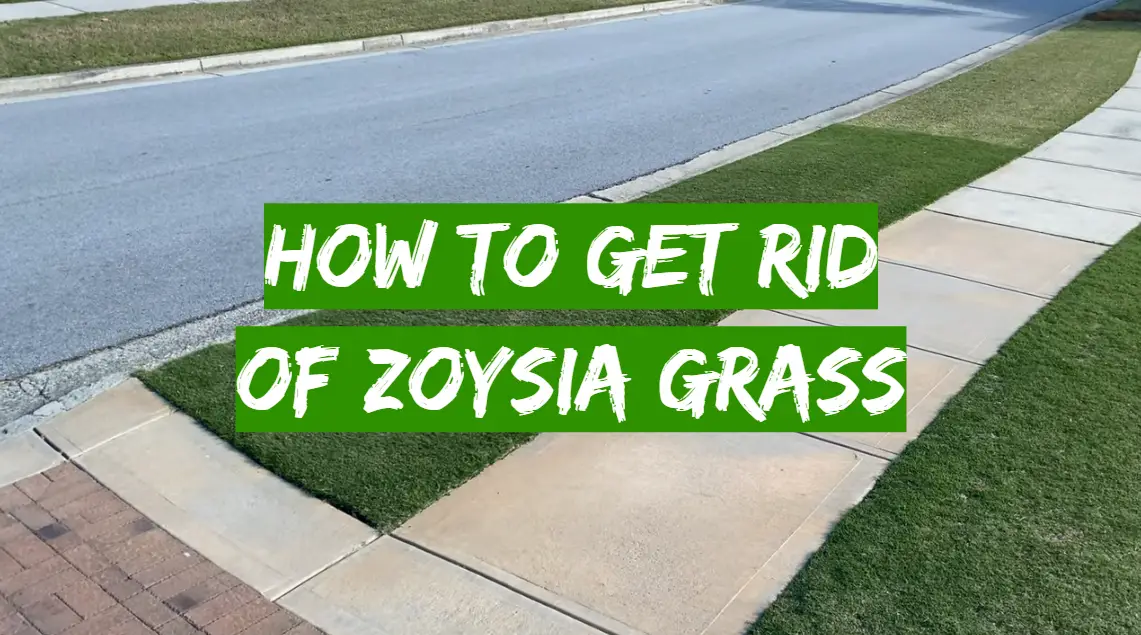
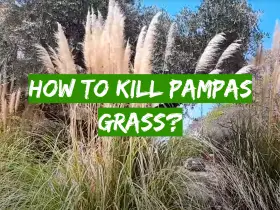
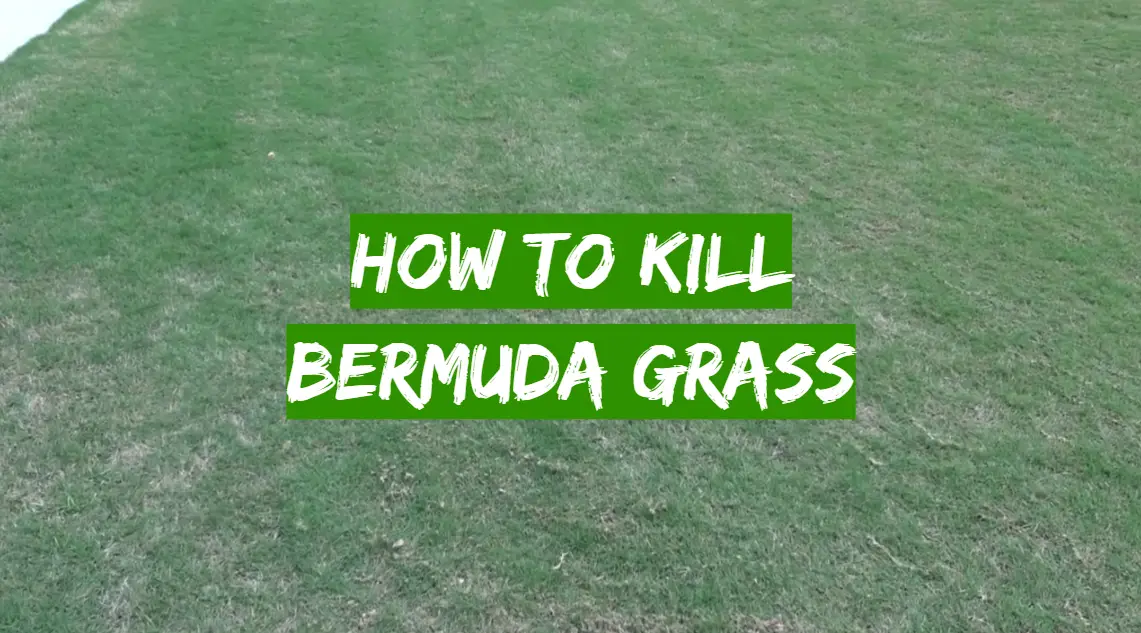
Leave a Reply
View Comments